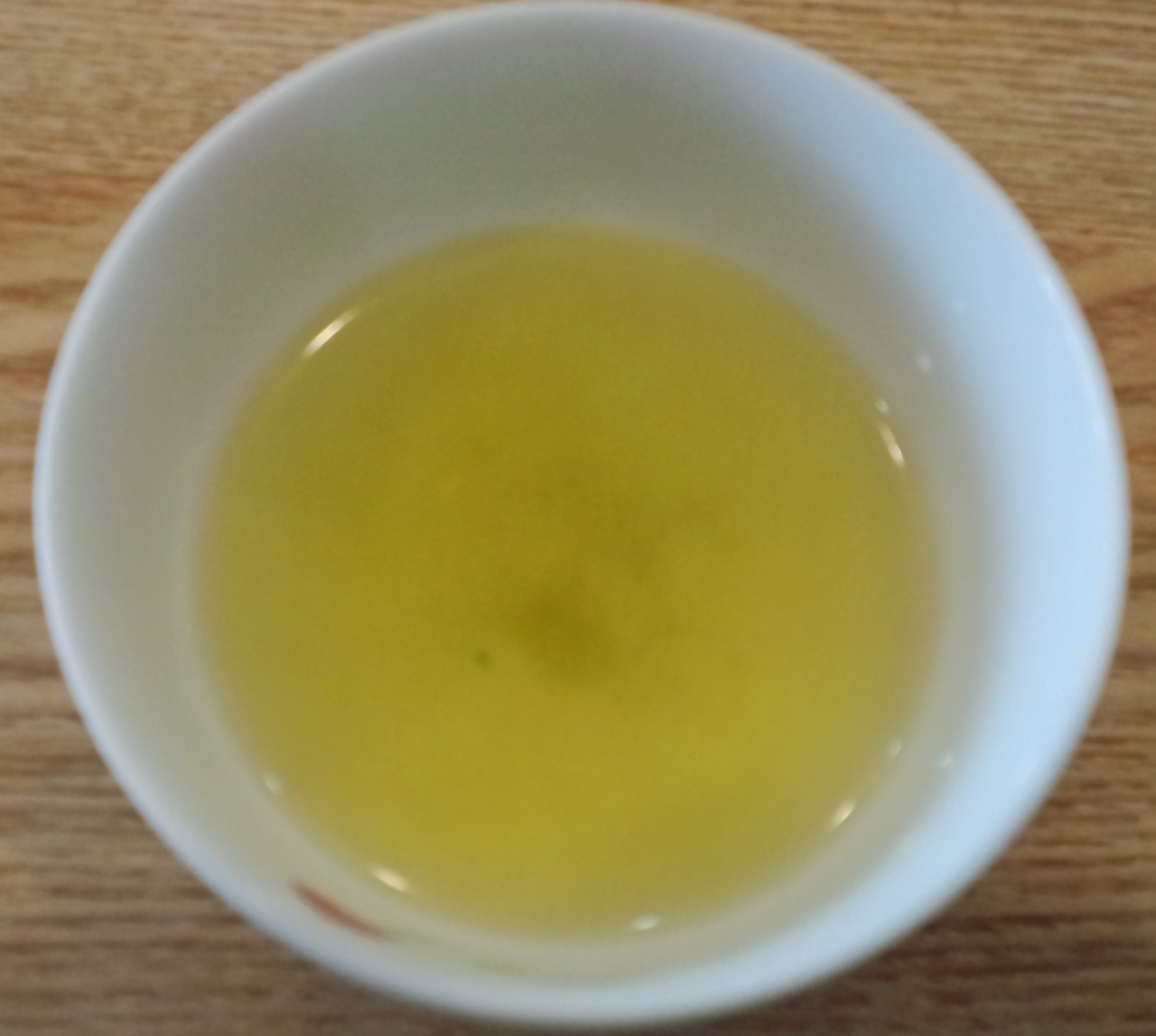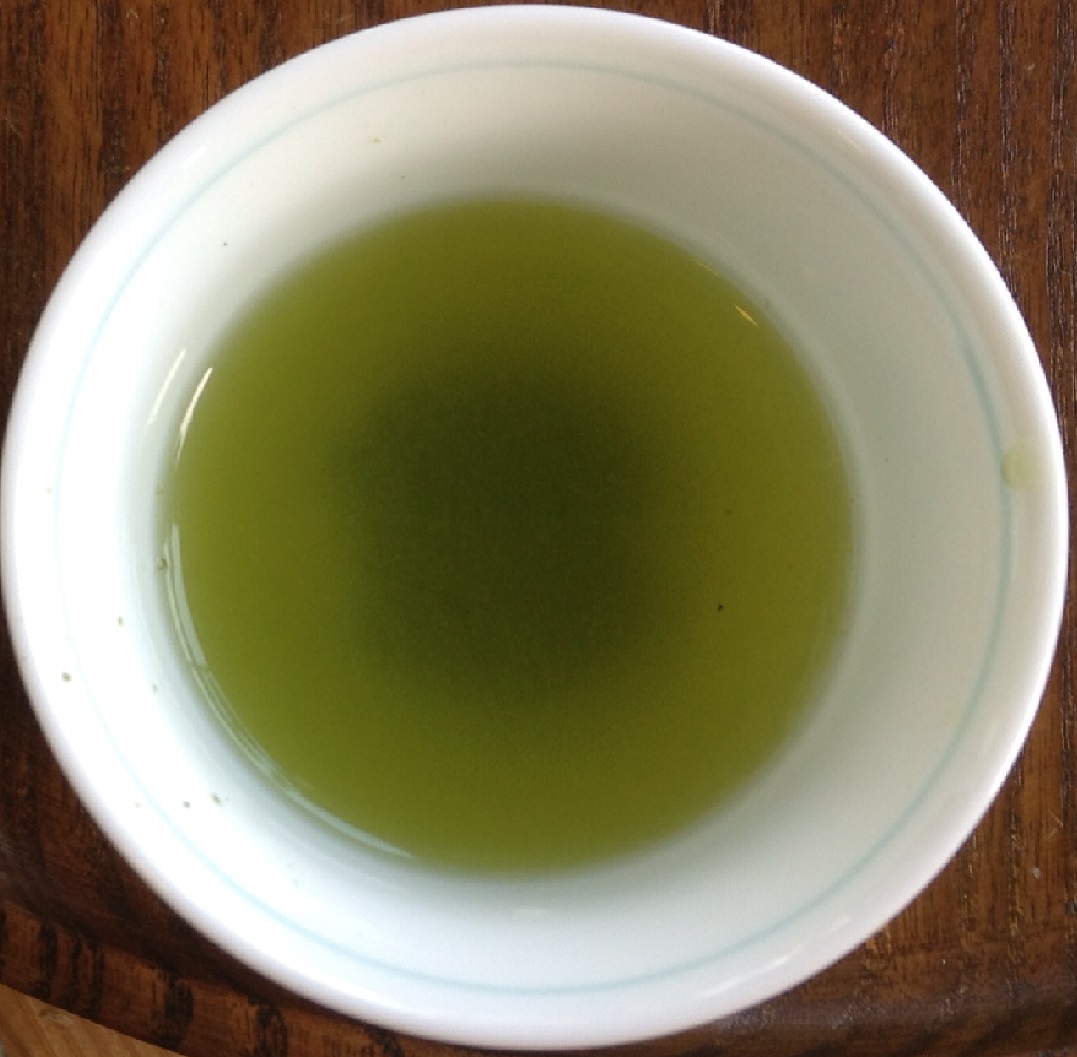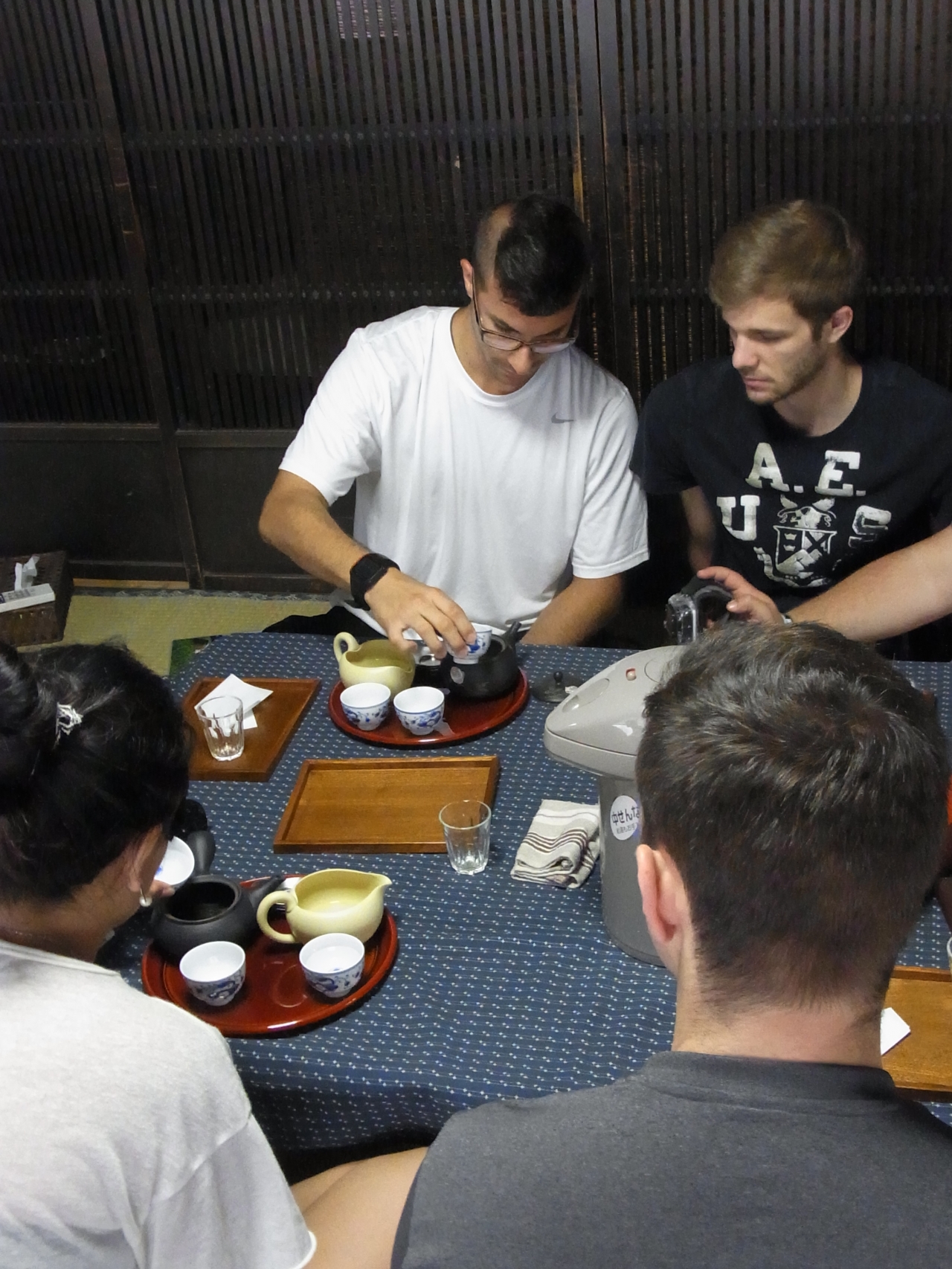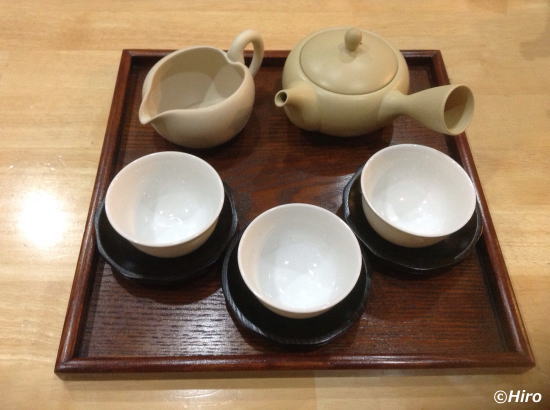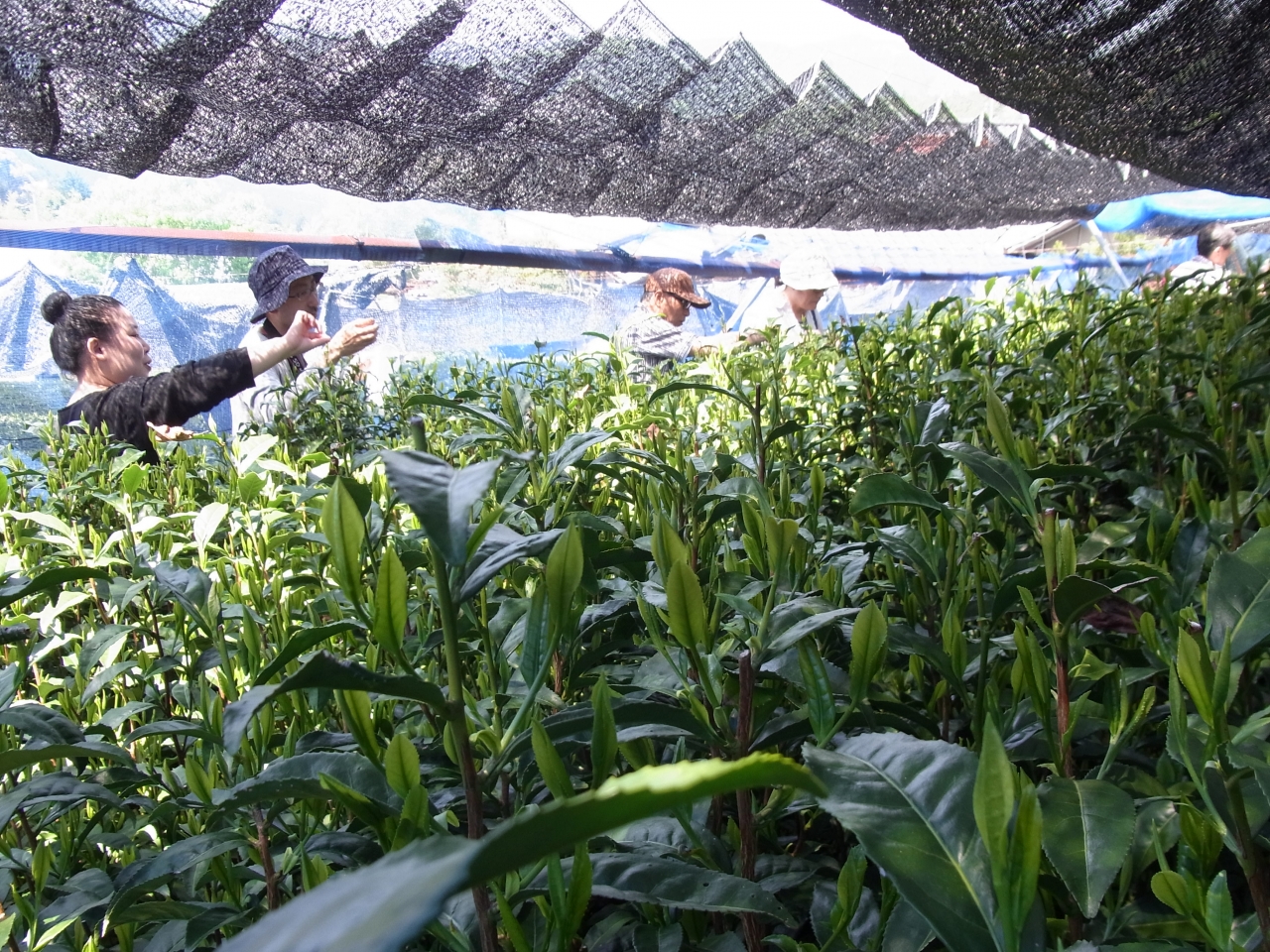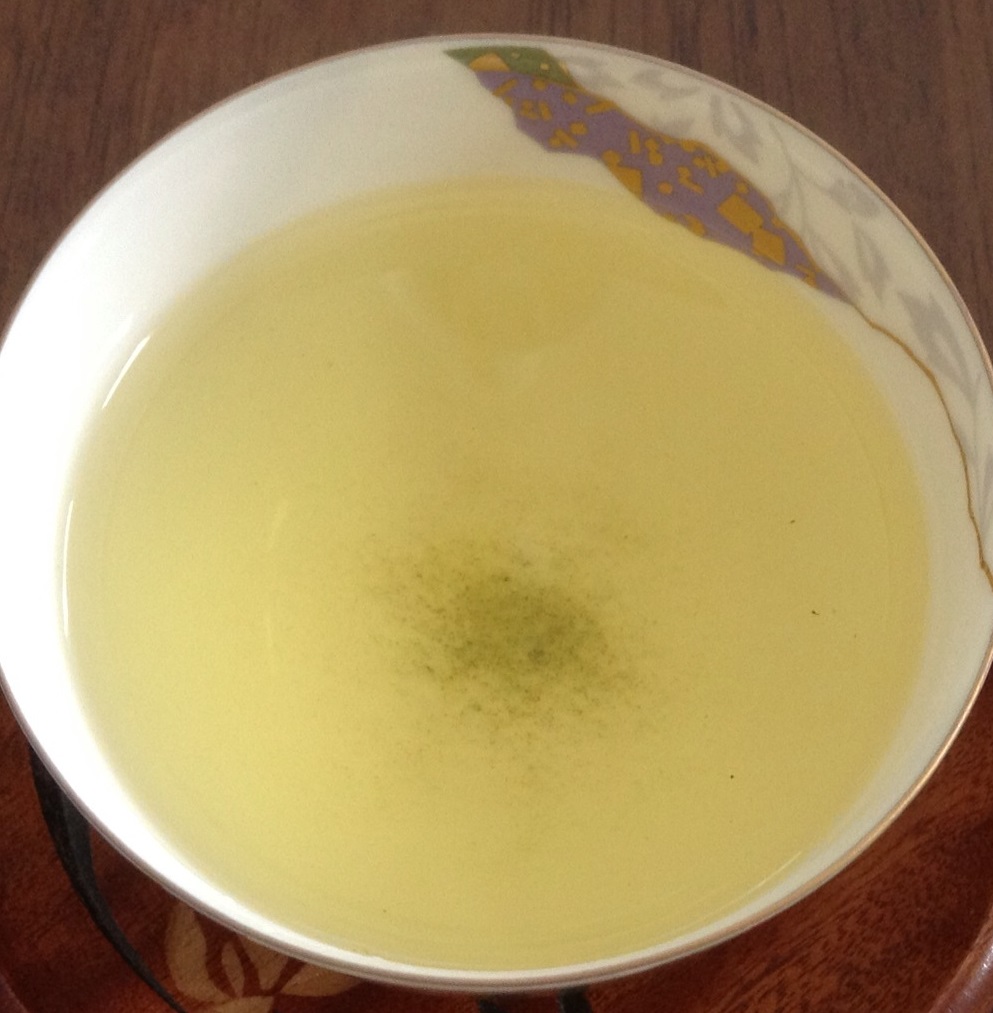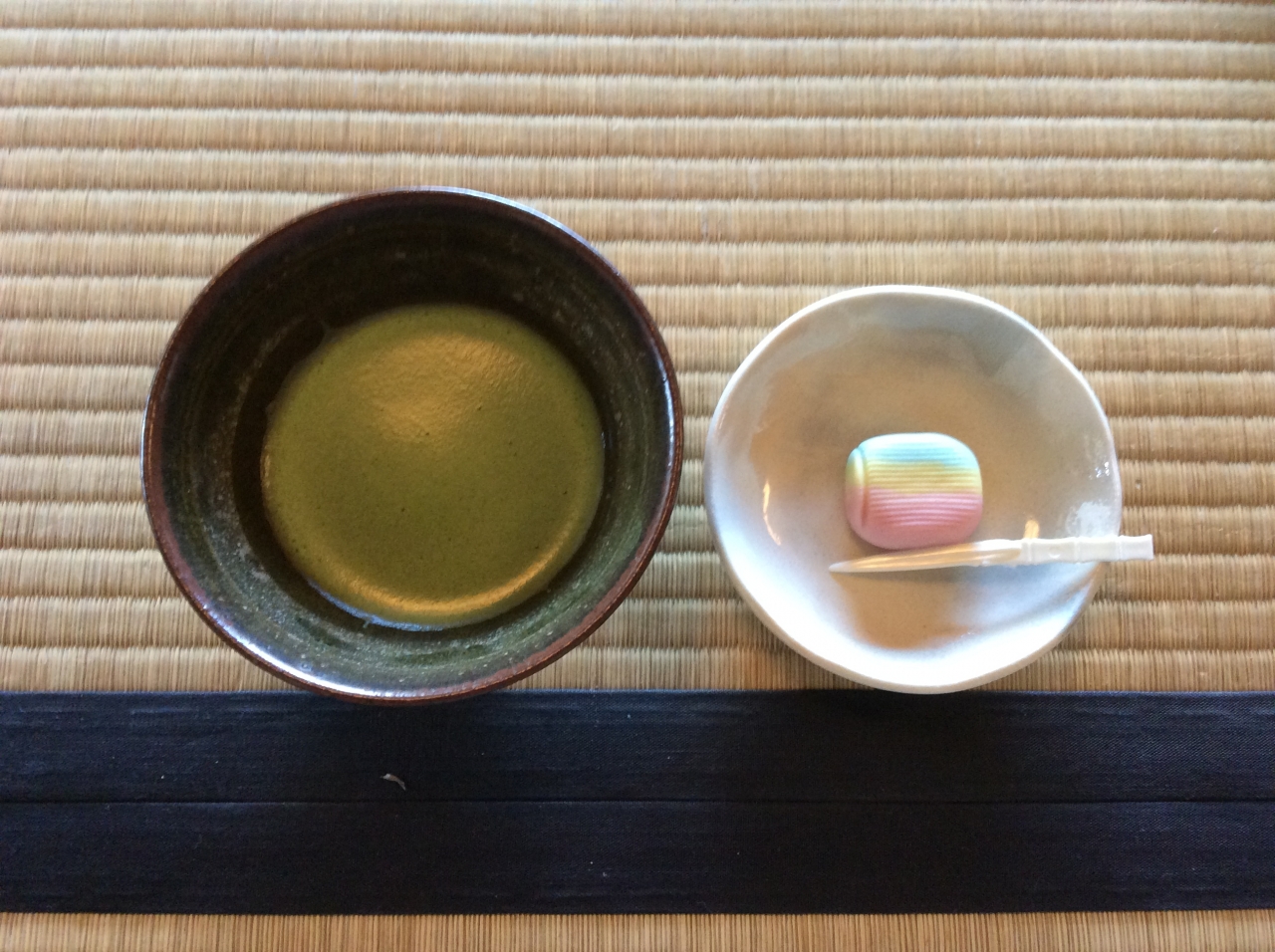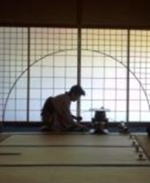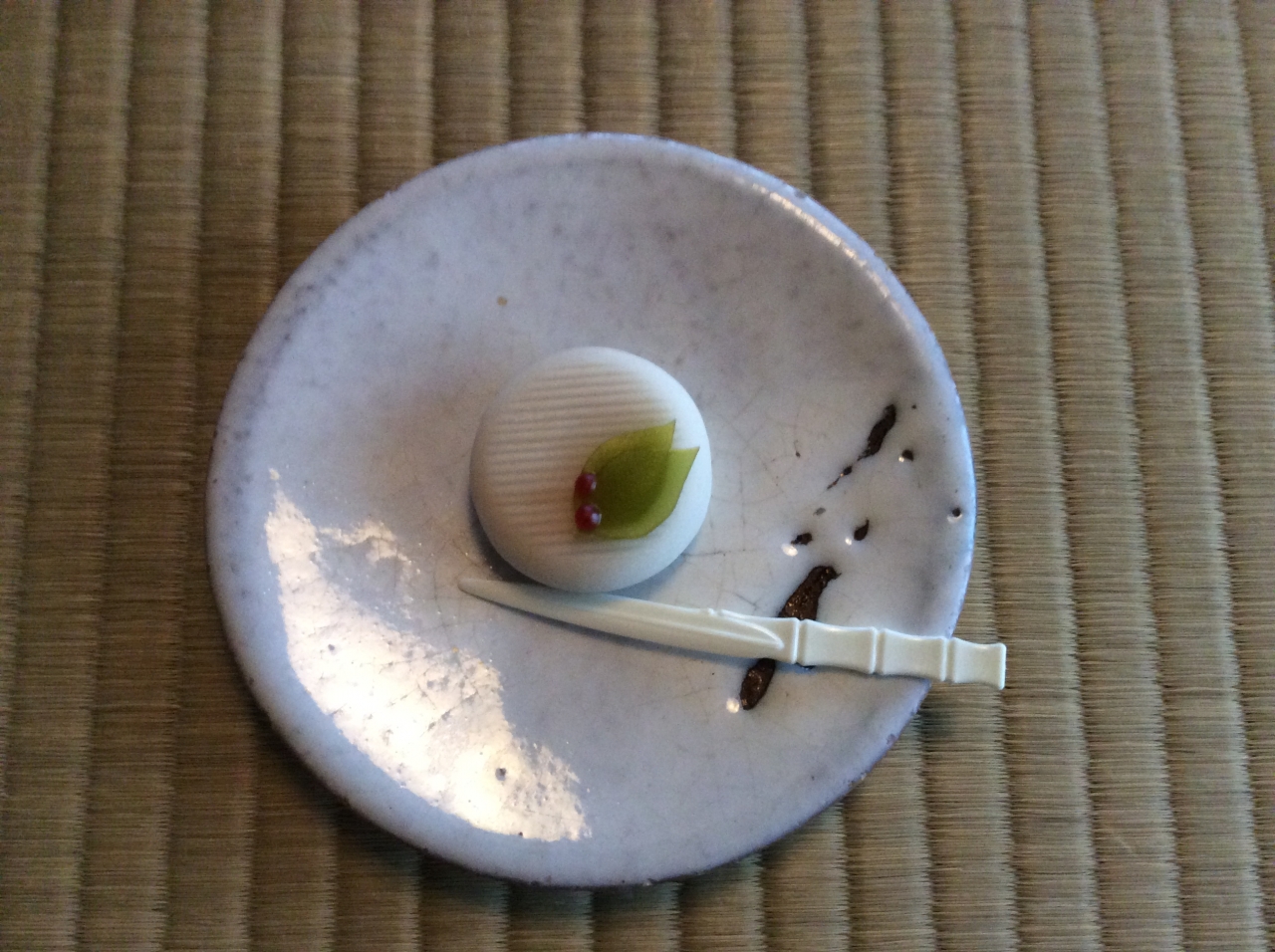Spots Topics
2016.02.24
Types of Green Tea

There are many types of Japanese Green Tea.(We have listed some of them here.) Each has its own characteristics. It is often recommended to choose tea depending on your preference.
【Sencha】

Sencha is the most commonly used type of green tea in Japan. It accounts for 80% of the tea consumption. It has a good balance of mildness and astringency in taste with a refreshing aroma and green notes. Leaves of high quality Sencha are usually dark-green and tightly rolled like needle.
How to make a cup of Sencha >>
【Fukamushi-Sencha】

Fukamushi-Sencha is another type of Sencha, which is steamed a little longer than regular Sencha in the production process. this results in a coarse leaf shape. It is easily brewed and brings about darker green color of the tea.
How to make a cup of Fukamushi-Sencha >>
【Gyokuro】
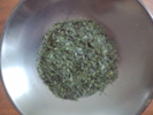
This is considered to be the top grade of Japanese green tea. It is carefully cultivated and shaded for three weeks before the harvest to avoid sunlight. This makes the leaves rich in amino acids(sweet component) by suppressing the amount of tannins(bitter component), So its sweet taste and distinguished aroma can be enjoyed.
How to make a cup of Gyokuro >>
【Bancha】
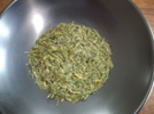
This is considered as a lower grade of Sencha. Rather coarse leaves are used to produce it. However, it is also appreciated by tea lovers. Its mild taste with low caffeine content and catechins is good for the drinking after sports, on an empty stomach, and before going to bed. It is also good for babies and the elderly.
How to make a cup of Bancha >>
【Hojicha】

Hojicha is produced by roasting Bancha. The tea is brownish, and it has a roasted aroma and a refreshing taste with the lowest caffeine content.
How to make a cup of Hojicha >>
【Genmaicha】
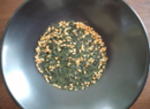
Genmaicha is a mixture of Bancha and roasted brown rice, called Genmai. Its savory taste and roasted aroma attracts many tea lovers.
How to make a cup of Genmaicha >>
【Kukicha】
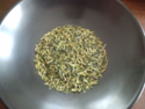
This is unique in shape because it is produced with stems and stalks taken from the production of Sencha, a kind of a by-product. However it has a refreshing taste and a mild sweetness. It is also popular among tea lovers.
【Matcha】
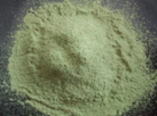
Mathca is used in the tea ceremony. It is also carefully cultivated and shaded before the harvest just like Gyokuro. After the harvest, the processing method is different from other type of tea. The leaves are just dried without being rolled. The processed leaves are called Tencha and are ground into the fine tea powder called Matcha. It is used not only in the tea ceremony, but also as a flavoring in food such as ice cream.
How to make a cup of Matcha >>
(By Hiro )
*Not only Hiro but also other FUSION members can guide you through the tea-related places in Shizuoka !
Contact us if you are interested in Shizuoka tea.
How to make Sencha
Sencha is the most common type of green tea in Japan. However, brewing greatly determines the taste, color and aroma. Let’s enjoy the wide variations of flavor!
1. First, pour hot water into cups and cool it down to the desired temperature. The standard water temperature for Sencha is 70° to 90℃, but it depends on your taste. By doing this, the right amount of hot water can be measured and the tea cups can be warmed as well.
2. Put about one spoonful of tea leaves per person (about 3 to 4g) into the teapot. So, for three cups, three spoonfuls of tea leaves (about 10g) are used.
3. Pour the hot water lowered to the appropriate temperature, from the cups into the teapot and place the lid back. Wait for 60 to 120 seconds to bring out the best taste. The combination of temperature and steeping time determines the taste. It’s all up to your preference.
4. Serve the tea equally into each tea cup, pouring the tea a little at a time into each cup in turn until the final drop is poured.
Sencha also can be enjoyed at the second and third brewing. In the same manner as Gyokuro, from the second brewing, the water temperature should be higher and the brewing time shorter.
(By Hiro )
*Not only Hiro but also other FUSION members can guide you through the tea-related places in Shizuoka !
Contact us: shizuoka-tour@fusion-guide.org
How to make Fukamushi-Sencha
It is easily brewed because it’s steamed a little longer than regular Sencha in the production process. To brew this tea well, the steeping time should be shorter than regular Sencha.
1. First, pour hot water into cups and cool it down to the desired temperature. The standard water temperature for Fukamushi-Sencha 70 to 80℃, , but it depends on your taste. By doing this, the right amount of hot water can be measured and the tea cups can be warmed as well.
2. Put about 2g of tea leaves per person into the teapot. So, for three cups, one large- spoonful of tea leaves about 6g are used.
3. Pour the hot water lowered to the appropriate temperature, from the cups into the teapot, and place the lid. Wait for 30 to 60 seconds to bring out the best taste. The Combination of temperature and steeping time determines the taste. It’s all up to your preference.
4. Serve the tea equally into each tea cup, pouring the tea a little at a time into each cup in turn until the final drop is poured.
Fukamushi-Sencha also can be enjoyed at the second brewing. As before, from the second brewing, the water temperature should be higher and the brewing time shorter.
(By Hiro )
*Not only Hiro but also other FUSION members can guide you through the tea-related places in Shizuoka !
Contact us: shizuoka-tour@fusion-guide.org
How to make Gyokuro
Gyokuro is rich in flavor and should be enjoyed on the tongue just like good wine. The point in serving Gyokuro is brewing it at a lower temperature for a bit longer time.
1. Utensils for serving Gokuro are rather small.
Pour boiled water into a Yuzamashi cup for cooling hot water. The Water needs to be heated to a boil to get rid of the smell of chlorine when tap water is used. Pour the water into a tea pot, and then pour the water into the desired number of tea cups to let the water cool down to the desired temperature. The standard water temperature for Gyokuro is around 50℃, but it depends on your taste.
2. Put about one spoonful of tea leaves per person (about 3 to 4g) into the teapot. So, for three cups, three spoonfuls of tea leaves (about 10g) are used.
3. Pour the hot water lowered to the appropriate temperature, from the cups into the teapot and place the lid and wait for 120 to 150 seconds to bring out the best taste.
4. Serve the tea equally into each tea cup, pouring the tea a little at a time into each cup in turn until the final drop is poured.
Gyokuro can be enjoyed at the second and third brewing, but from the second brewing, the water temperature should be higher and the brewing time shorter.
(By Hiro )
*Not only Hiro but also other FUSION members can guide you through the tea-related places in Shizuoka !
Contact us: shizuoka-tour@fusion-guide.org
How to make Bancha/ Houjicha/ Genmaicha
Bancha and Genmaicha have savory aroma to enjoy. Hojicha’s refreshing taste can also be enjoyed. To bring out the aroma, hot water with high temperature is suitable. It doesn’t need to cool hot water like Gyokuro and Sencha, So it’s easy and quick to brew.
1. Large-sized tea utensils including an earthenware teapot are used.
2. Put about 3g of tea leaves per person into the teapot. Bancha/Hojicha/Genmaicha leaves are coarse compared to the fine leaves of Gyokuro and Sencha, so one large spoon of leaves will be 3g. For five cups, 5 large-spoonfuls of tea leaves, about 15g, are used.
3. Put hot, boiled water into the earthenware teapot. Place the lid and wait for about 30 seconds to bring out the best flavor.
4. Serve equally into each tea cup, pouring the tea a little at a time into each cup in turn until the final drop is poured.
(By Hiro )
*Not only Hiro but also other FUSION members can guide you through the tea-related places in Shizuoka !
Contact us: shizuoka-tour@fusion-guide.org
How to make Matcha (to make Usucha)
Matcha is used in the tea ceremony, but if you have Japanese matcha utensils(a bamboo whisk, tea bowl etc.) and fine Matcha powder, you can enjoy it by yourself at home, as well.
1. Warm the bowl by filling it about 1/3 full with hot water. Place the whisk facing down into the hot water to wet the tips, then discard the water and dry the bowl with a cloth.
2. Set the whisk aside, and then measure 70ml of hot water into a measuring cup and leave it to cool to 70 to 80℃.
3. Using a bamboo tea scoop, place 1 1/2 to 2 scoops of matcha into the tea bowl; Adjust the amount of Matcha to your taste. Sifting the Matcha powder beforehand is highly recommended to remove any clumps of powder.
4. Pour the measured and cooled water into the tea bowl.
5. Briskly whisk the Matcha powder and hot water using a bamboo tea whisk. First, move the whisk slowly to dissolve the matcha, then move it very briskly back and forth as fast as you can in the middle of the tea bowl. The whisk should be vertical and barely touching the bottom of the bowl. When a thick froth with many tiny bubbles comes to the surface, lift the whisk slowly from the center of the bowl.
Please enjoy your tea time!
(By Hiro )
*Not only Hiro but also other FUSION members can guide you through the tea-related places in Shizuoka !
Contact us: shizuoka-tour@fusion-guide.org

